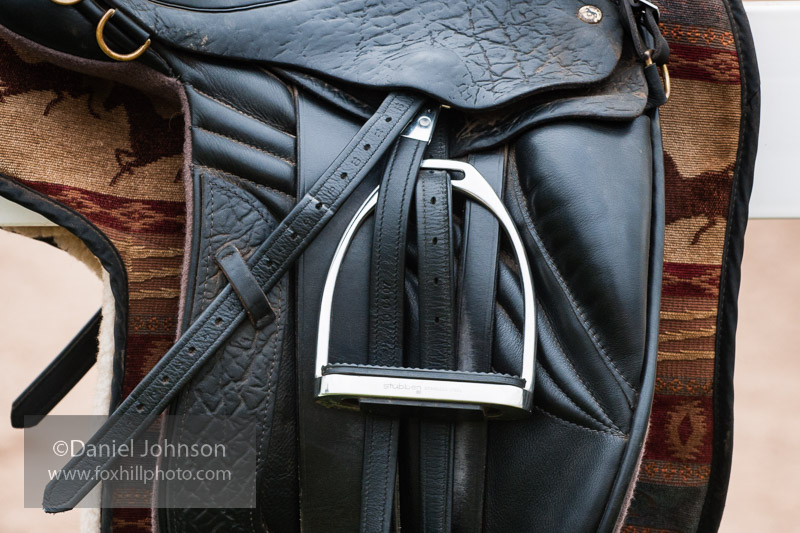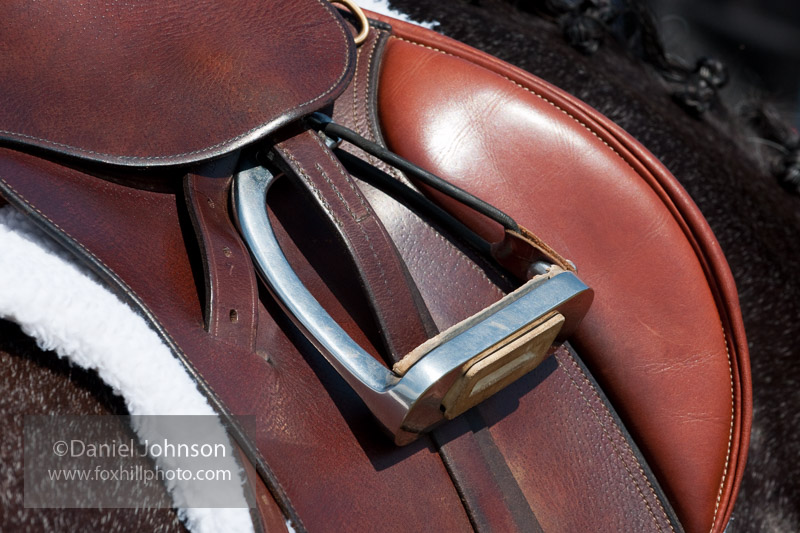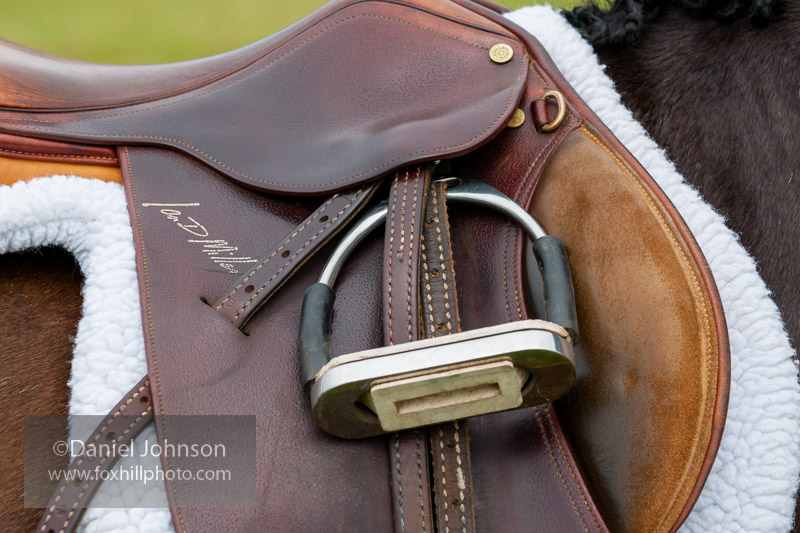Choosing stirrups for your English saddle isn’t as straightforward as it seems, as there are actually quite a few categories and sub-categories out there. Here’s a quick rundown on some popular stirrup varieties and why you might want to choose one over another.

Fillis Stirrups
Fillis Stirrups
Offset and Offset Eye Stirrups
In an offset stirrup, the eye for your stirrup leathers is angled off to one side rather than being straight in the middle, which is intended to aid the rider in maintaining proper leg position. With an offset eye stirrup, the actual eye is twisted, which is designed to prevent stirrup leathers from twisting and also aid in leg position.

Peacock Stirrups
Peacock Stirrups, aka Quick Release or Safety Stirrups
With a safety stirrup, one side is stainless steel like normal, but the other side is a rubber elastic band that hooks on the top and bottom. The great thing about these stirrups is that the rubber will automatically break free in the event of a rider fall, preventing further injury. You may think of safety stirrups only in the context of little kids riding in a walk-trot class, but any rider can use them—not just children. Safety is for everyone! When using these stirrups, be sure to get a select one that is rated for the rider’s weight, since a safety stirrup isn’t as physically strong as other types.

Flexible Stirrups
Flexible or Jointed Stirrups
These stirrups maintain the basic Fillis shape, but feature rubber-covered joints that allow the stirrup itself to flex in response to the rider’s foot. The goal here is to create a more comfortable ride and to reduce stress on a rider’s ankle and knee joints.
Composite Stirrups
Some riders prefer to go lightweight and literally take the “iron” out of their irons. Composite (polymer) stirrups are quite strong but very lightweight, and they offer some excellent shock-absorption qualities. They also come in some fun colors! Some riders find that the lighter stirrup is harder to find after losing it, but others aren’t bothered by it.
Sizing
Remember, no matter what type of English stirrups you choose, be sure to select a pair that is the right size for you. A stirrup that is too narrow isn’t safe because your foot can get stuck, but stirrups that are too wide might allow your foot to slip through too far. Aim for about ¼” to ?” of “wiggle room” on each side, which equates to a stirrup pad about ½” to ¾” wider than your boot. And speaking of boots…always ride with a heeled boot for safety, and never ride in something like a sneaker. (But you knew that already.)
Daniel Johnson is a freelance writer and professional photographer. He’s the author of several books, including How to Raise Horses: Everything You Need to Know, (Voyageur Press, 2014). Dan’s barn is home to Summer, a Welsh/TB cross, Orion, a Welsh Cob, and Mati and Amos, two Welsh Mountain Ponies. Follow him at www.facebook.com/foxhillphoto.





